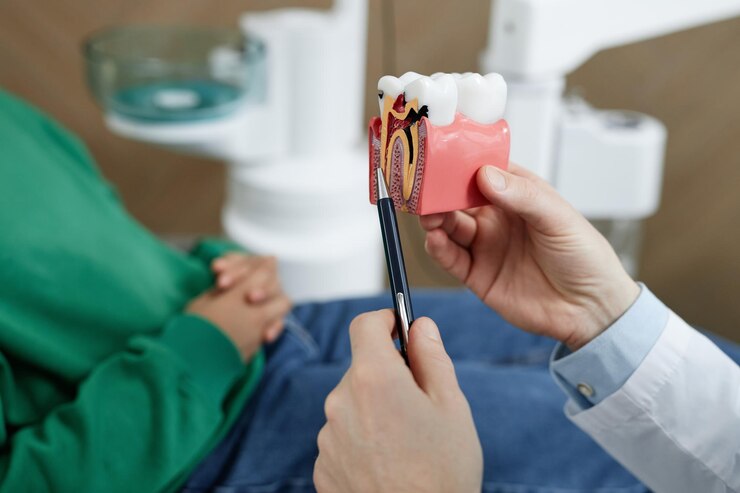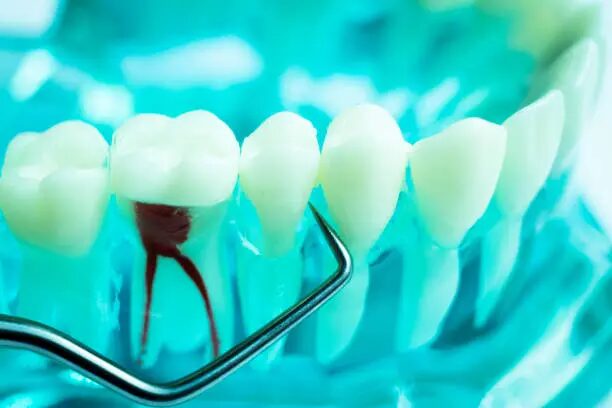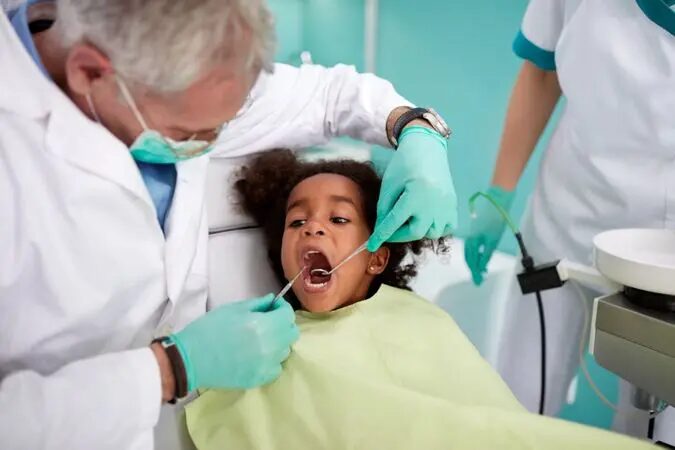Wisdom teeth, also known as third molars, often erupt in the late teens or early twenties. When in good health and alignment, these teeth can be a great addition to the mouth, but when they become troublesome, extraction may be necessary. In this comprehensive guide, we will decode the process of wisdom tooth extraction, covering the reasons behind it, what to expect during the procedure and the post-extraction care required for a smooth recovery.
Understanding Wisdom Teeth
The final set of molars in the back of the mouth are called wisdom teeth. While some people may have no issues with their wisdom teeth, many individuals experience complications due to factors such as lack of space in the jaw, misalignment, or partial eruption.
Impacted Wisdom Teeth:
One common issue with wisdom teeth is impaction, where the teeth do not fully emerge through the gums. This can lead to pain, swelling, and potential infection. Impacted wisdom teeth often require extraction to prevent further complications.
Crowding and Misalignment:
The late eruption of wisdom teeth can disrupt the existing alignment of the teeth, causing crowding and misalignment. This can impact the bite and overall dental health, making extraction a viable solution.
Infection and Gum Disease:
Wisdom teeth, being located at the back of the mouth, can be challenging to clean properly. This increases the risk of infection and gum disease, which may necessitate extraction to preserve oral health.
When Wisdom Tooth Extraction is Necessary

Pain and Discomfort:
Persistent pain or discomfort in the back of the mouth, especially when chewing or biting down, may indicate issues with the wisdom teeth. This could be a sign of impaction, infection, or misalignment.
Swelling and Redness:
Swelling, redness, and tenderness in the gum tissue around the wisdom teeth may suggest inflammation or infection. These symptoms often warrant an evaluation by a dentist to determine if extraction is necessary.
Difficulty Opening the Mouth:
Limited jaw movement or difficulty opening the mouth fully can be a result of problems with the wisdom teeth. Extraction may be recommended to alleviate these issues and restore normal jaw function.
Cysts or Tumors:
In some cases, cysts or tumors may develop around impacted wisdom teeth, posing a risk to adjacent teeth and bone. Removal of the wisdom teeth becomes essential to prevent further complications.
The Wisdom Tooth Extraction Procedure
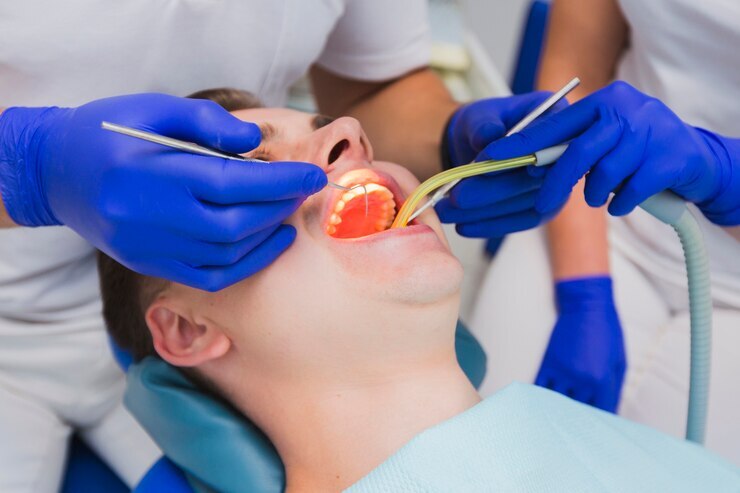
Pre-Extraction Evaluation:
Before the extraction, a dentist or oral surgeon will conduct a thorough examination, often including X-rays, to assess the position, alignment, and potential complications associated with the wisdom teeth. This evaluation helps determine the most appropriate approach for extraction.
Anesthesia and Sedation:
Wisdom tooth extraction is typically performed under local anesthesia to numb the area around the tooth. In some cases, sedation may be used to ensure the patient’s comfort, especially if multiple extractions are planned or if the teeth are impacted.
Tooth Extraction:
The dentist or oral surgeon will carefully remove the wisdom tooth, taking necessary measures to minimize trauma to surrounding tissues. In the case of an impacted tooth, the surgeon may need to make an incision in the gum and, in some instances, remove a portion of bone to access the tooth.
Stitching and Gauze Placement:
After the tooth is extracted, stitches may be needed to close the gum tissue. Gauze is often placed over the extraction site to control bleeding and facilitate the formation of a blood clot.
Post-Extraction Care Instructions:
Patients are provided with detailed post-extraction care instructions, including information on managing pain, swelling, and bleeding. To encourage appropriate healing, adherence to these recommendations is essential.
Recovery Period
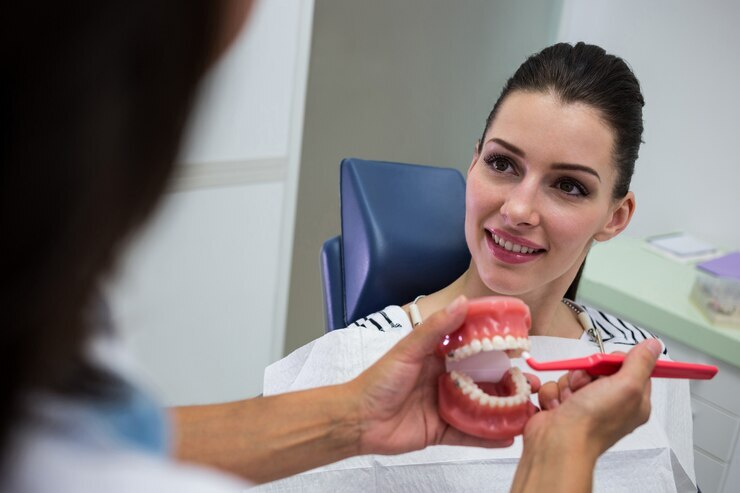
Immediate Aftercare:
In the hours following the extraction, patients are advised to rest and avoid strenuous activities. Applying ice to the affected area can help minimize swelling, and prescribed or over-the-counter pain medications can manage discomfort.
Dietary Considerations:
Soft foods and liquids are recommended in the first few days post-extraction to avoid putting unnecessary pressure on the healing site. Gradually, patients can reintroduce a normal diet as comfort allows.
Oral Hygiene Practices:
While maintaining oral hygiene is crucial for overall dental health, it’s essential to be gentle around the extraction site during the initial days. Dentists may recommend a special mouthwash or provide instructions on how to clean the area without disturbing the healing process.
Follow-Up Appointments:
Scheduled follow-up appointments allow the dentist to monitor the healing progress, remove stitches if necessary, and address any concerns or complications that may arise.
Possible Complications
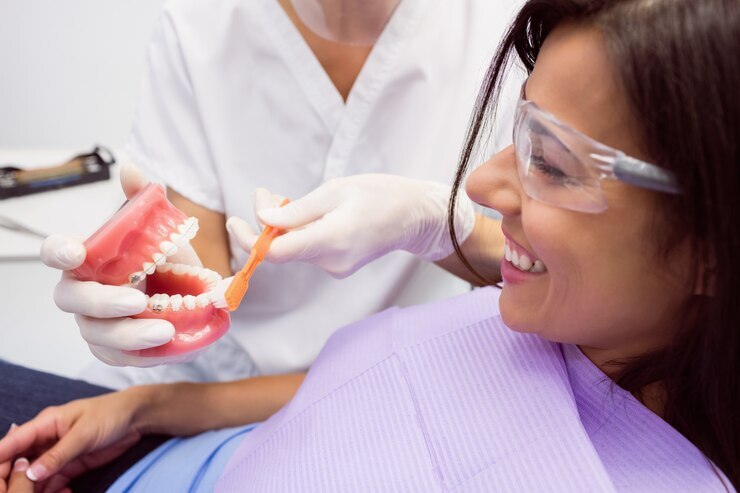
While wisdom tooth extraction is a routine procedure, complications can occur. It’s essential to be aware of potential issues and promptly seek professional advice if any arise:
Dry Socket:
This occurs when the blood clot that forms after extraction is dislodged or dissolves prematurely, exposing the underlying bone. It can result in severe pain and requires prompt attention from a dentist.
Infection:
Infection of the extraction site can occur if proper oral hygiene is not maintained. Symptoms include increased pain, swelling, and discharge. Antibiotics may be prescribed to address the infection.
Nerve Damage:
In rare cases, the nerves near the wisdom teeth can be damaged during extraction, leading to numbness or tingling in the lower lip, tongue, or chin. This typically resolves over time, but persistent issues should be reported to the dentist.
Conclusion
Wisdom tooth extraction is a common dental procedure designed to address issues that may arise with the eruption of third molars. Understanding the reasons behind extraction, the procedure itself, and the post-extraction care required is crucial for individuals facing this dental intervention. With proper preparation, a clear understanding of what to expect, and adherence to post-extraction guidelines, patients can navigate the process with confidence, ensuring a smooth recovery and maintaining optimal oral health. If you are experiencing symptoms related to your wisdom teeth, consult with a dental professional to determine the most appropriate course of action tailored to your specific needs.

